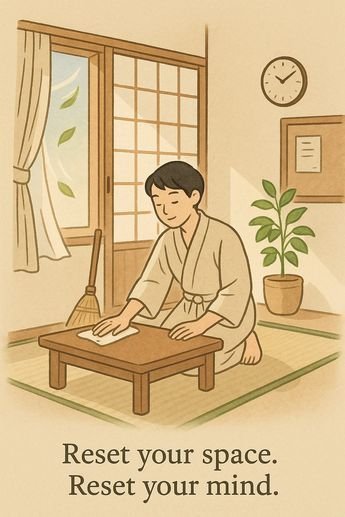Ancient Asian wellness practices have endured for centuries because they address health holistically, combining physical, mental, and spiritual well-being. Backed by modern research, many of these methods remain effective and relevant, offering natural ways to maintain balance and prevent illness. Below are some of the most impactful practices you can adopt today.
Ayurveda: Personalized Health Through Balance
Originating in India over 3,000 years ago, Ayurveda promotes harmony between the body, mind, and environment. Its principles of diet, herbal remedies, and daily routines tailored to individual constitutions have been validated by studies highlighting their benefits for digestion, immunity, and stress reduction. Modern integrative medicine often incorporates Ayurvedic herbs like ashwagandha and turmeric for their anti-inflammatory and adaptogenic properties.
Traditional Chinese Medicine (TCM): Energy Flow and Vitality
TCM focuses on maintaining the flow of qi (vital energy) through acupuncture, herbal therapy, and movement exercises like tai chi. Acupuncture has been endorsed by the World Health Organization for pain management and anxiety relief, while tai chi improves balance, flexibility, and cardiovascular health. Current research supports TCM’s role in complementing conventional treatments for chronic conditions.
Meditation and Mindfulness: Mental Clarity and Emotional Stability
Buddhist and Hindu traditions developed meditation techniques thousands of years ago to cultivate focus and inner peace. Today, mindfulness meditation is widely recognized for reducing anxiety, improving cognitive function, and enhancing emotional regulation. Apps and online programs make these practices more accessible than ever, integrating ancient wisdom into modern lifestyles.
Yoga: Strength, Flexibility, and Inner Calm
Yoga combines physical postures, breath control, and meditation to promote overall wellness. Emerging in ancient India, it has evolved into various forms suited to diverse needs. Clinical trials confirm yoga’s effectiveness in alleviating back pain, improving sleep quality, and supporting mental health. Many healthcare providers now recommend yoga as part of rehabilitation programs.
Herbal Medicine: Natural Support for Health
Across Asia, herbal medicine remains integral to preventive and curative care. Korean ginseng is prized for boosting energy and immune function, while Japanese green tea offers potent antioxidants. Recent scientific analysis has validated many of these botanicals for their bioactive compounds and therapeutic potential.
Hot Springs and Hydrotherapy: Relaxation and Circulation
In Japan, the tradition of soaking in onsen (hot springs) is not just cultural but therapeutic. Mineral-rich waters help alleviate muscle tension, improve blood circulation, and promote relaxation. Similar practices in other parts of Asia, like Korean jjimjilbangs, combine heat therapy with communal well-being and detoxification.
Breathwork: Harnessing the Power of the Breath
Practices like pranayama from yoga and qigong from China use controlled breathing to enhance mental focus and energy levels. Current studies show that breathwork can regulate the nervous system, reduce stress hormones, and improve lung capacity—making it a valuable tool for managing modern-day pressures.
Final Thoughts
These ancient Asian wellness practices have stood the test of time because they address health in a holistic, sustainable way. Supported by modern science and adaptable to contemporary life, they offer effective strategies for enhancing both physical and mental well-being without reliance on synthetic interventions.
If you’d like, I can also craft a meta description, suggest secondary keywords, and propose an internal linking strategy to further optimize this content for SEO. Let me know if you want that!




